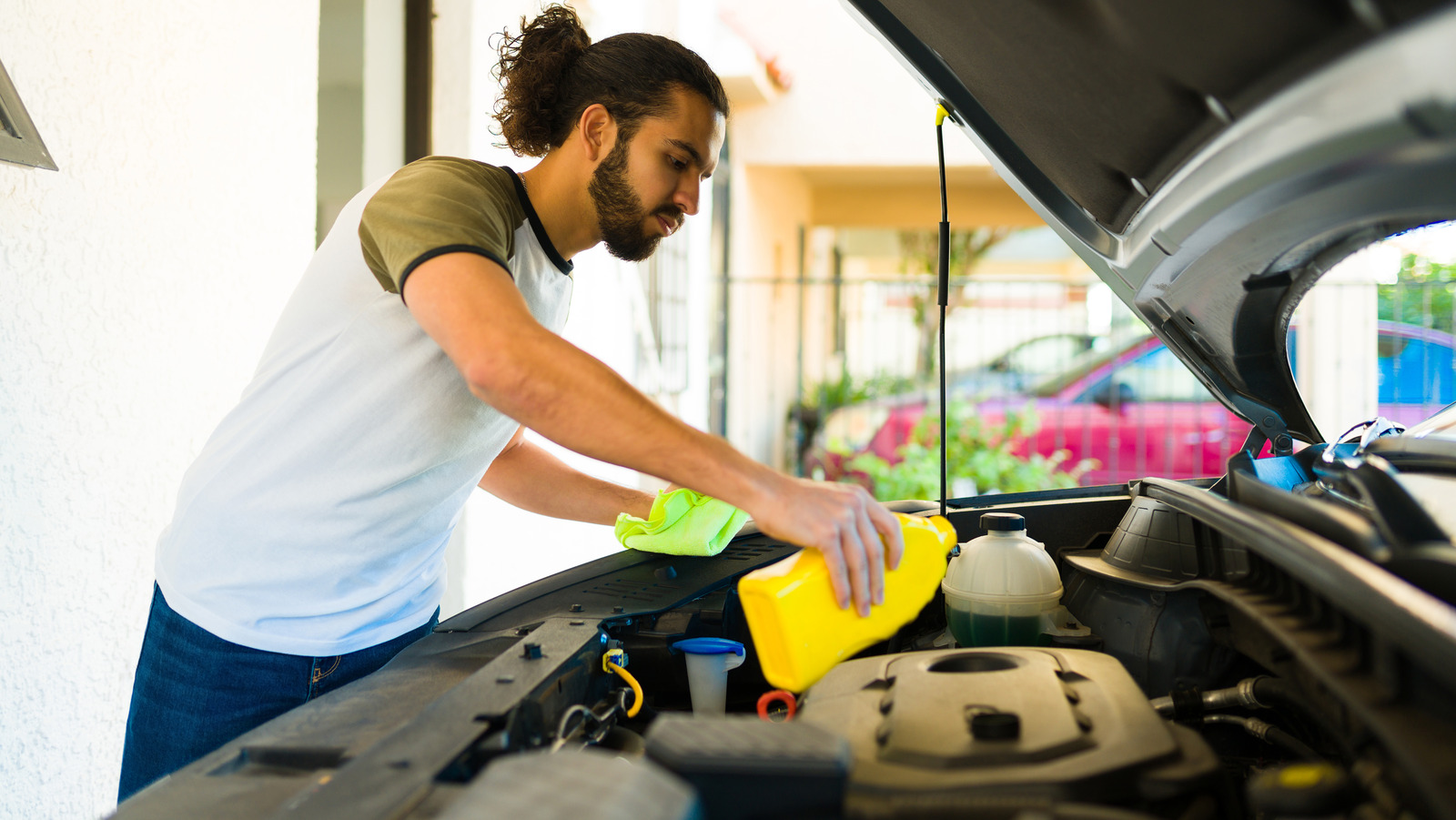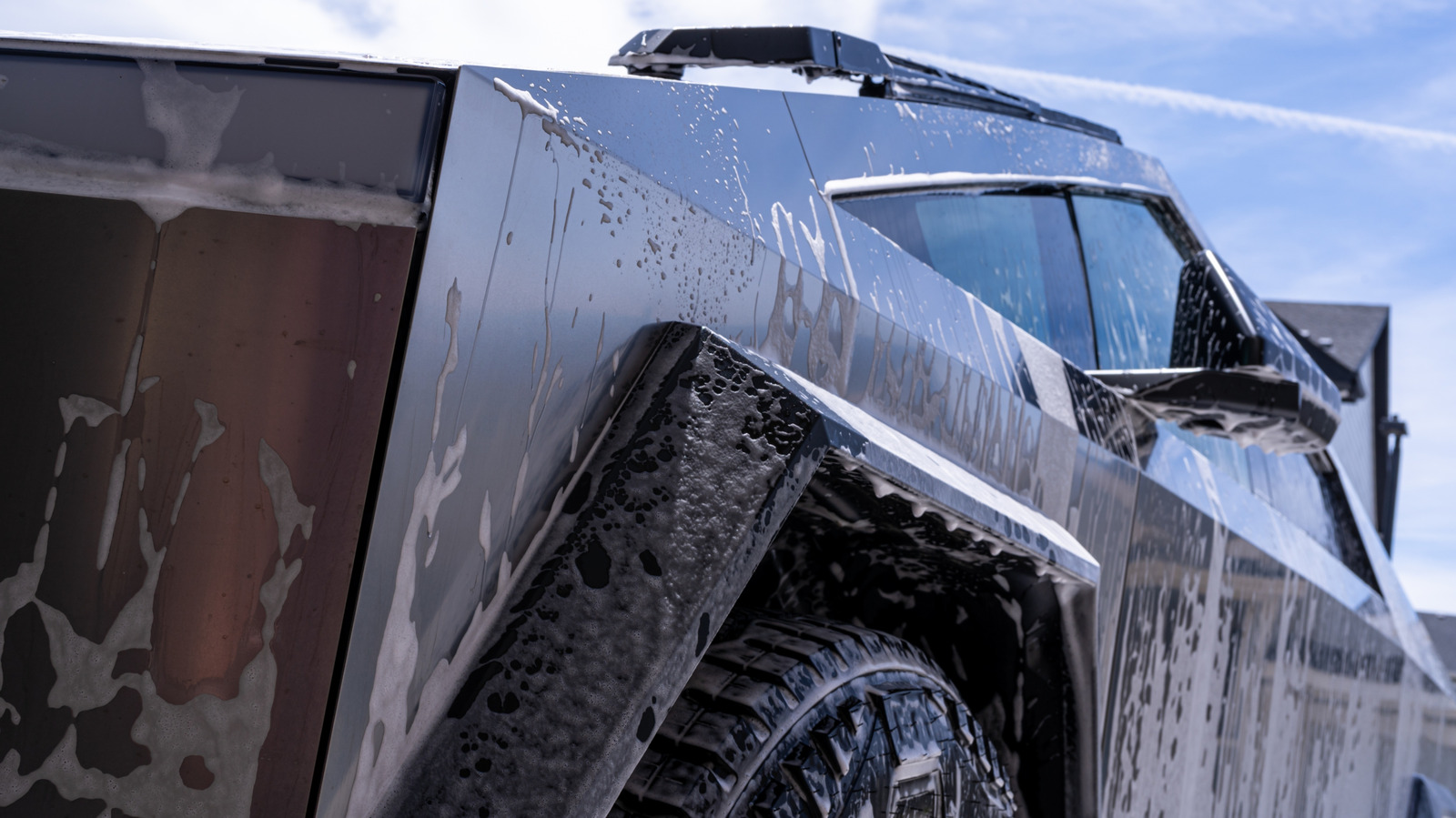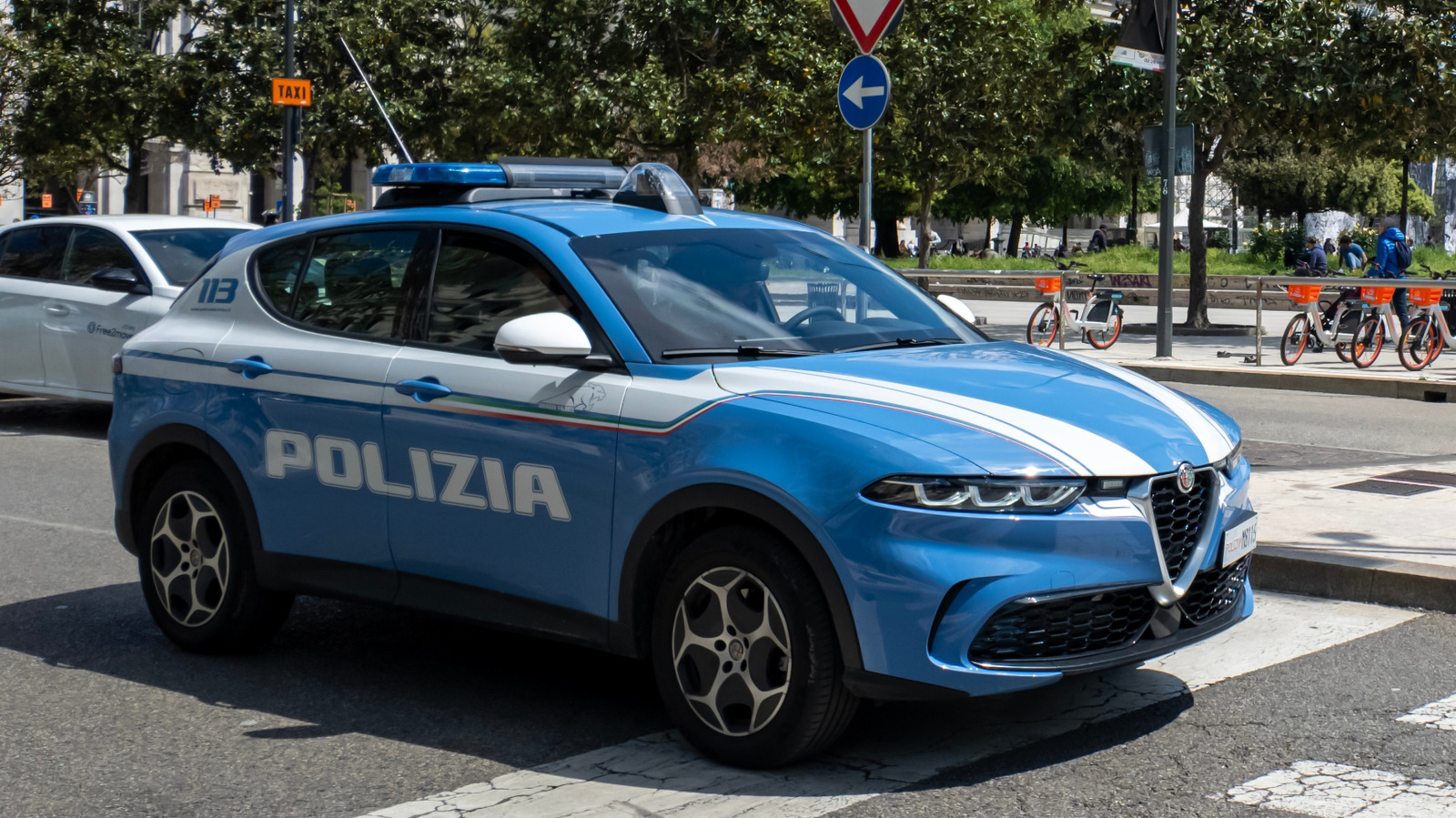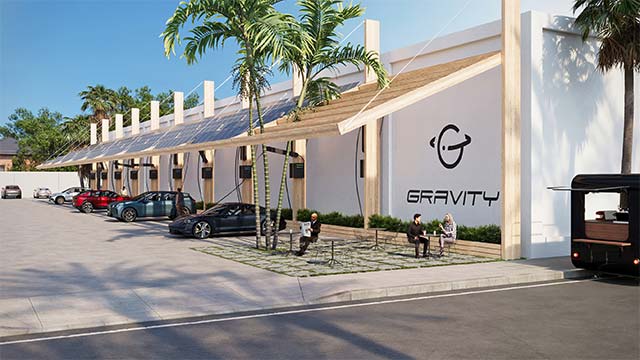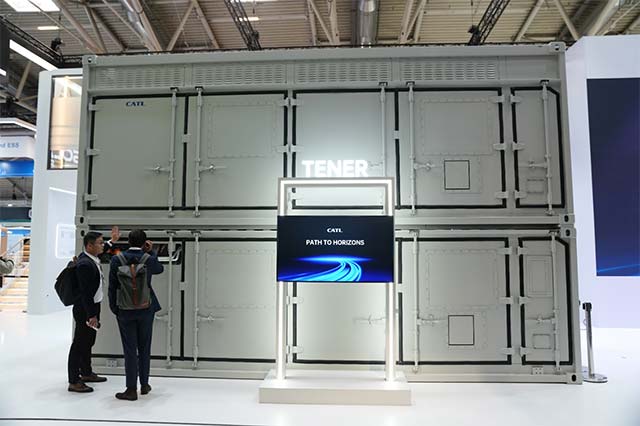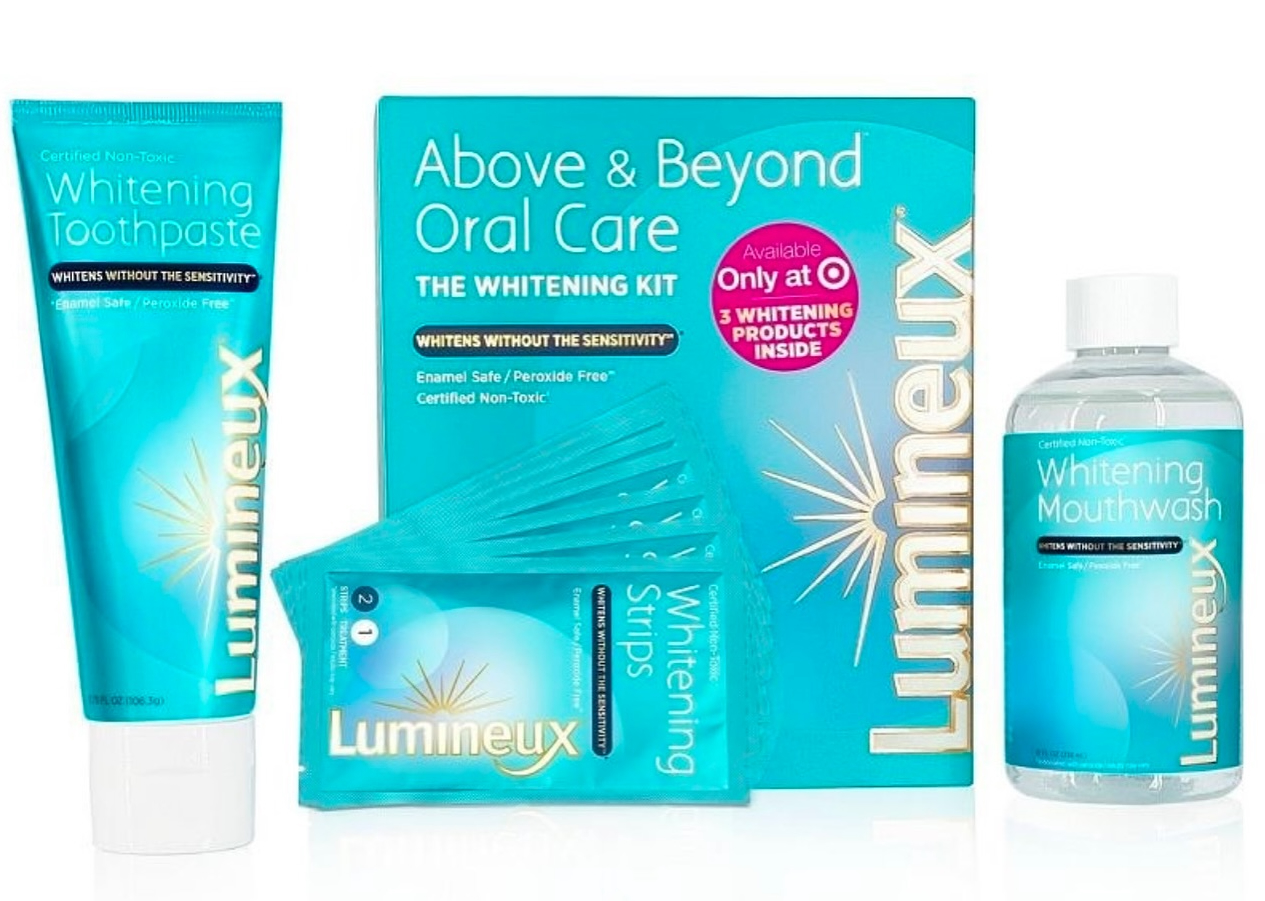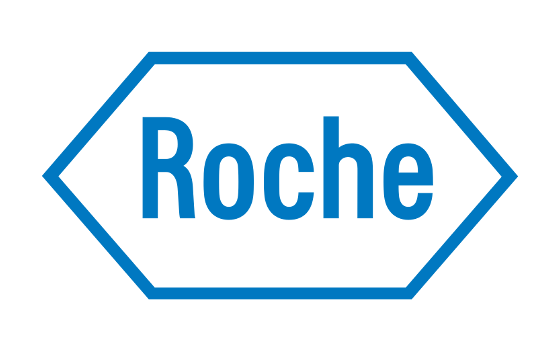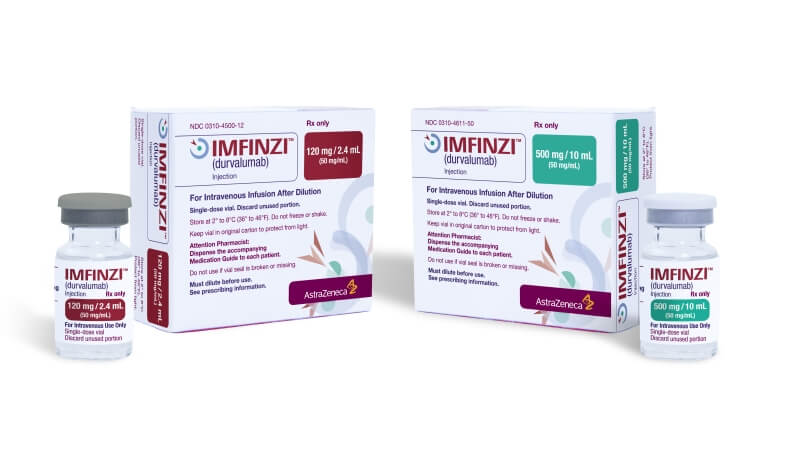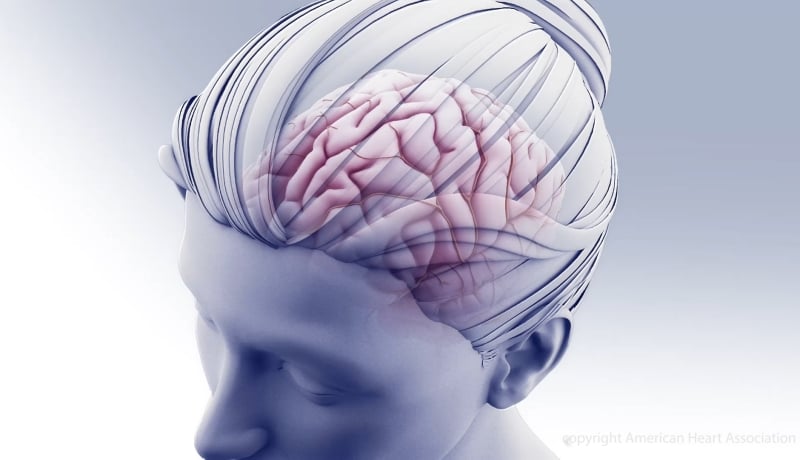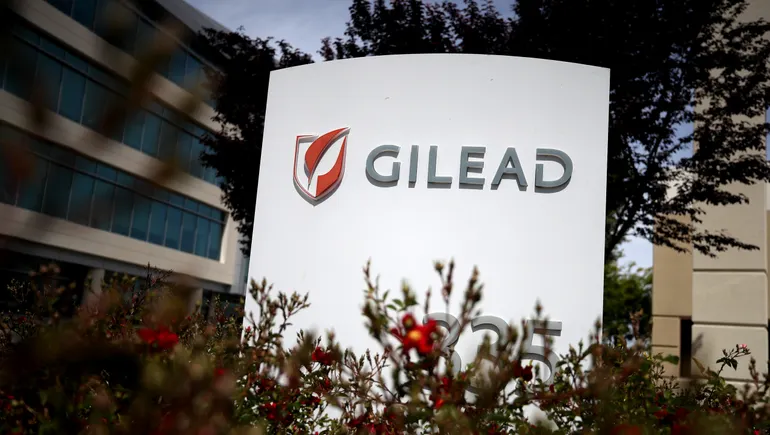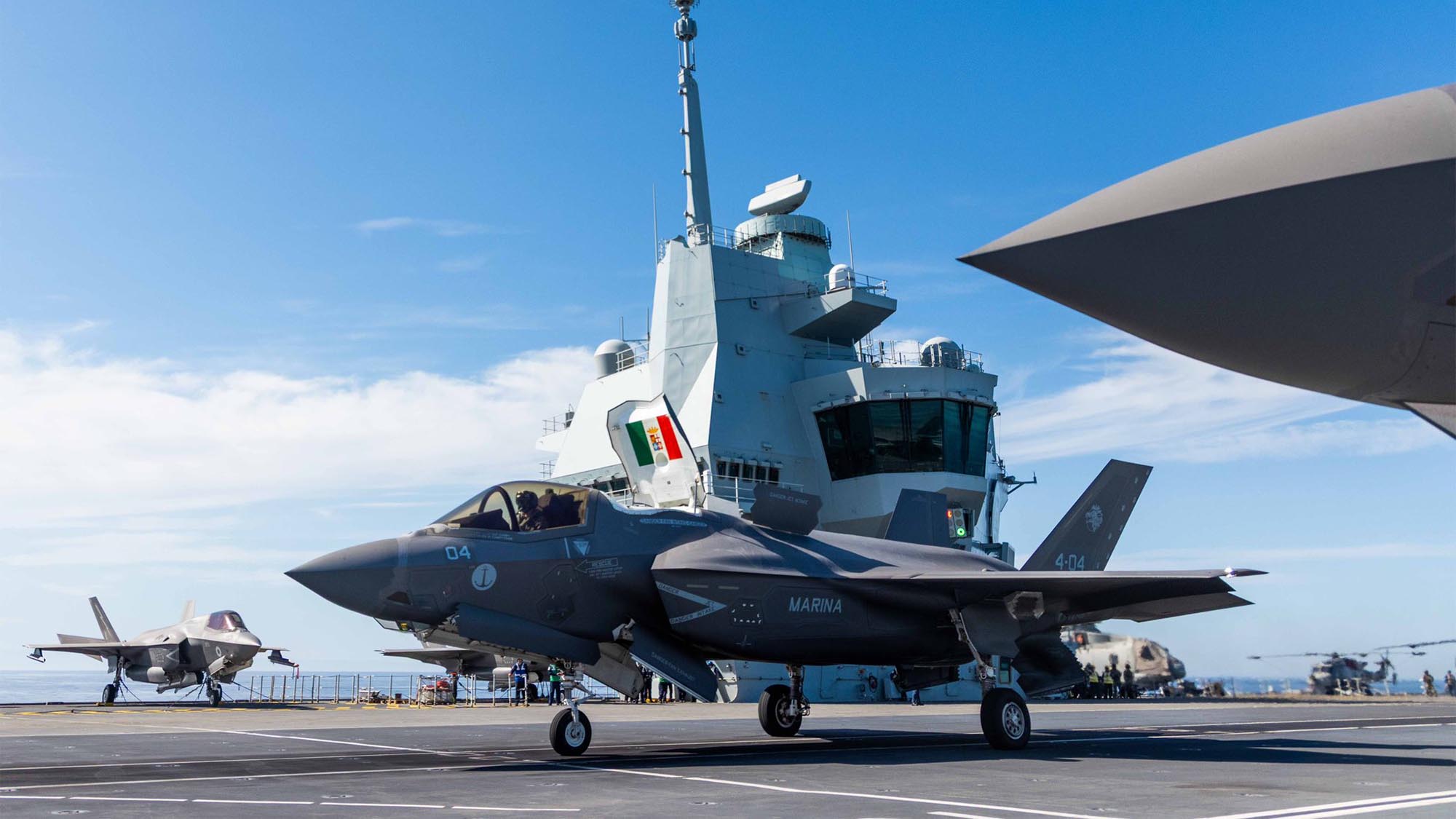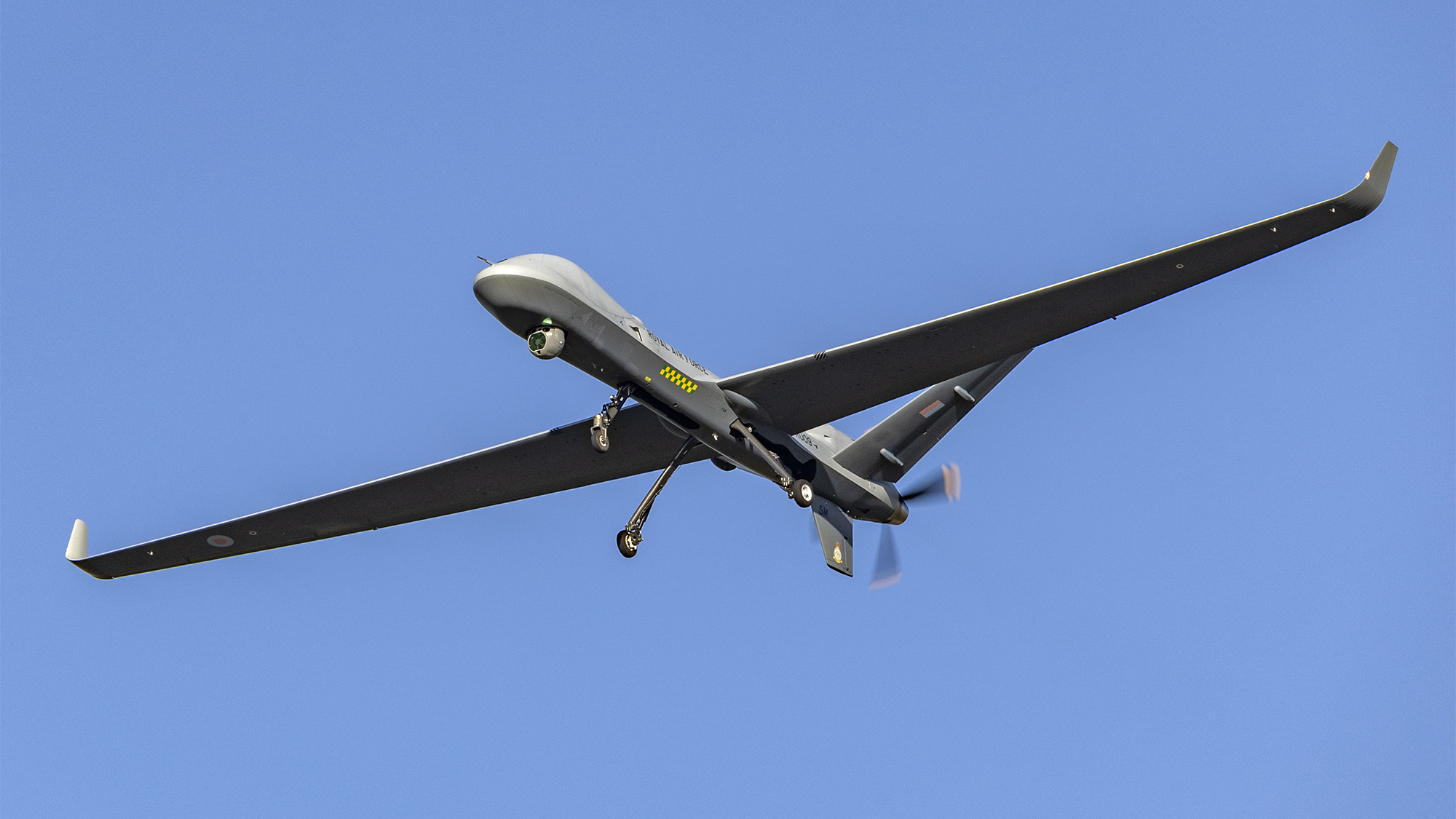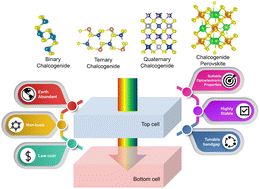Micro/Nanofibrous Polycaprolactone Scaffolds Loaded with Gentamicin for Improved Antimicrobial Activities under Seawater Immersion
Advanced Healthcare Materials, EarlyView.

A biomimetic triple-layer polycaprolactone (PCL)-based scaffold is developed. The cerebral-side electrospun layer incorporates gentamicin sulfate (GS) for antibacterial action, while the cranial-side electrohydrodynamically printed rhombic PCL layer contains nano-hydroxyapatite (nHA) to enhance osteogenesis. A middle GS/PCL electrospun layer reinforces mechanical strength. The PCL/GS/nHA scaffold demonstrates suitable mechanical properties, sustained GS release, low hemolysis, antimicrobial performance, and osteogenic capacity.
Abstract
Marine open traumatic brain injuries (oTBI) face high infection risks due to seawater-borne pathogens, demanding dura scaffolds with dual antibacterial and osteogenic functions under seawater immersion. Conventional scaffolds lack this dual capacity. Here, a biomimetic triple-layer polycaprolactone (PCL)-based scaffold is developed. The cerebral-side electrospun layer incorporates gentamicin sulfate (GS) for antibacterial action, while the cranial-side electrohydrodynamically printed rhombic PCL layer contains nano-hydroxyapatite (nHA) to enhance osteogenesis. A middle GS/PCL electrospun layer reinforces mechanical strength. The PCL/GS/nHA scaffold demonstrates suitable mechanical properties, sustained GS release, and low hemolysis. After seawater immersion or direct S. aureus exposure, it maintains potent antibacterial efficacy and biocompatibility. Additionally, nHA promotes osteogenic differentiation of human bone marrow mesenchymal stem cells in vitro. This multi-functional scaffold combines seawater-resistant antimicrobial performance with osteogenic capacity, offering a promising solution for dura repair in marine environments.







